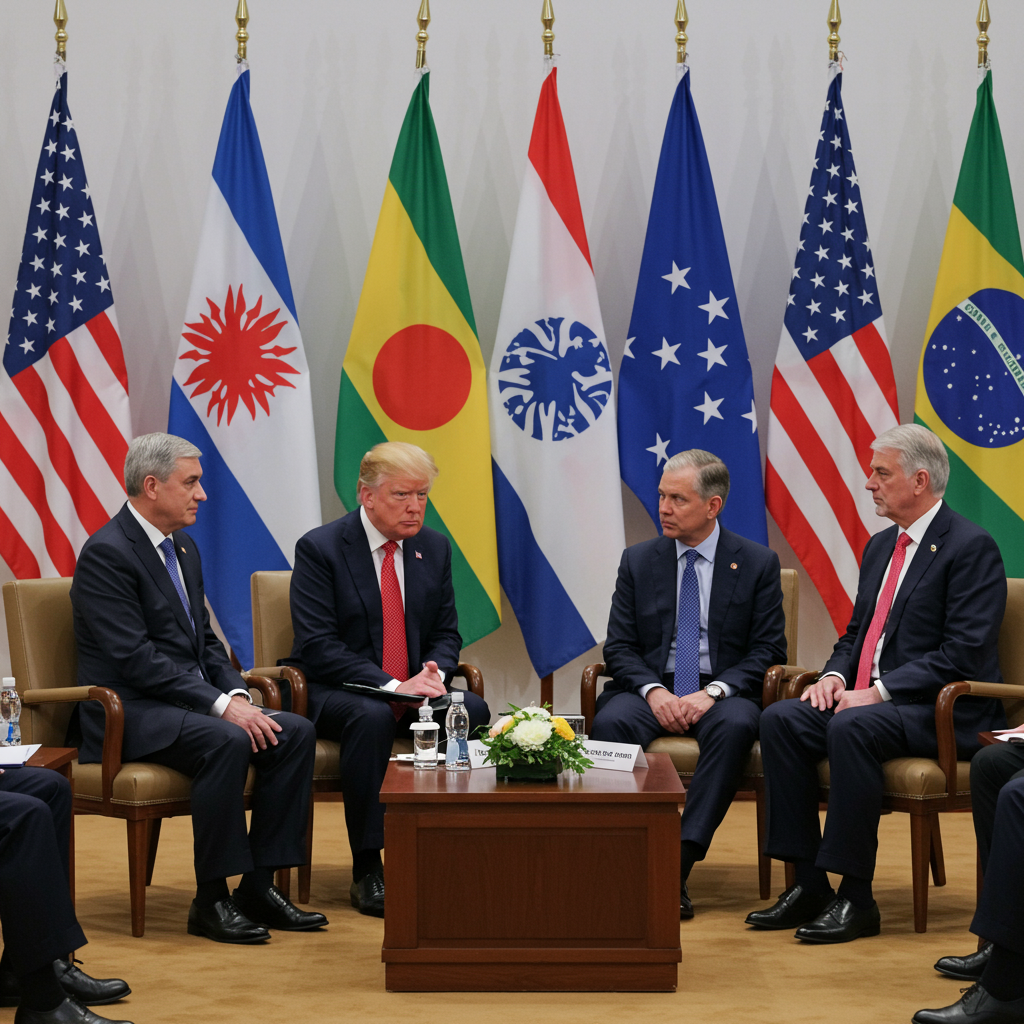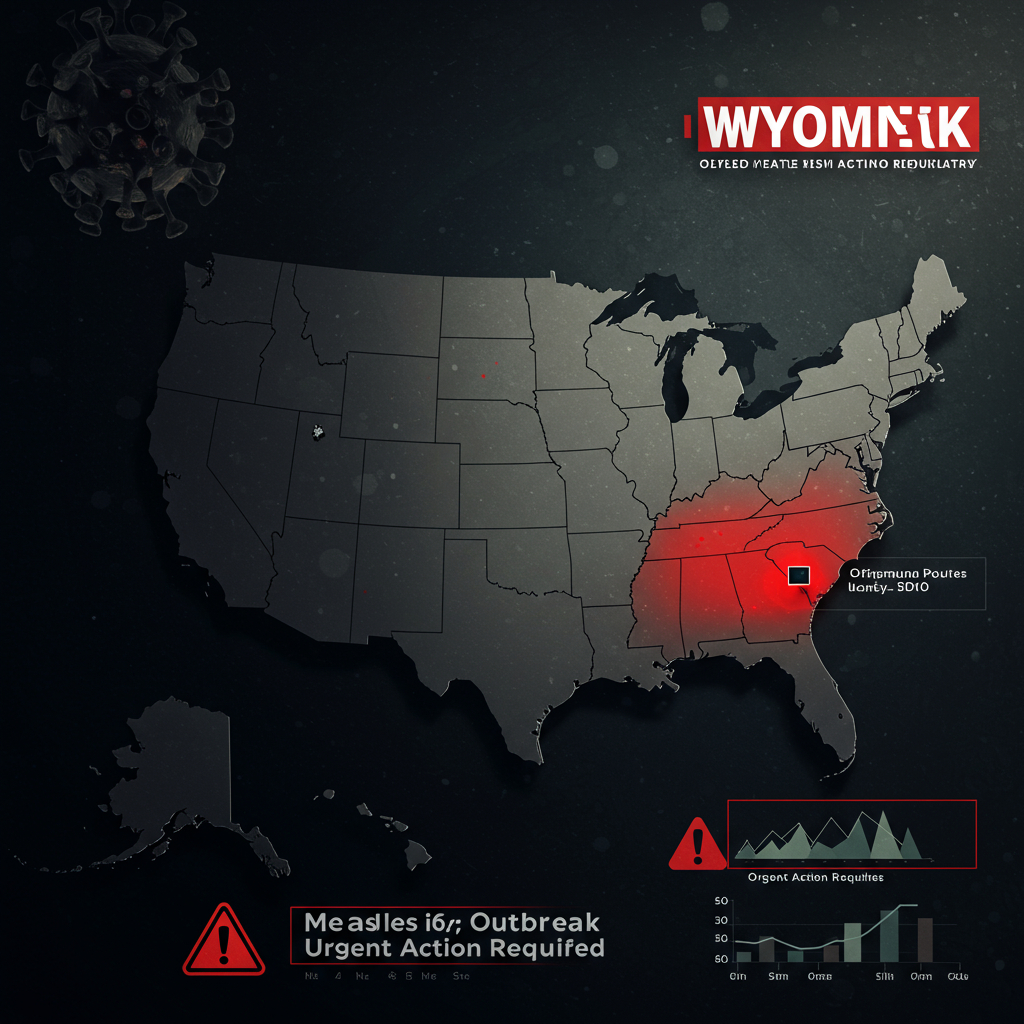The image of Mohammad Al-Motawaq, an 18-month-old boy, weighing less than ten pounds, speaks volumes about the catastrophic humanitarian crisis gripping the Gaza Strip. His emaciated body, with protruding eyes and a swollen stomach, offers a harrowing glimpse into the widespread Gaza child starvation affecting an entire generation. His mother, Hidaya Al-Motawaq, herself malnourished, can no longer breastfeed her infant son. She desperately murmurs “Khalas” – “Enough” – as she cradles him, offering only water when his tiny body yearns for food. This tragic scene is not an isolated incident; it represents the grim reality for approximately one million children, nearly half of Gaza’s population, now facing severe hunger.
Doctors and aid organizations are sounding urgent alarms: chronic child malnutrition in Gaza is causing permanent, irreversible damage. The crisis is not merely about hunger; it’s about the destruction of young lives and future potential, deeply scarring a generation.
The Devastating Health Impacts on Gaza’s Children
The physiological toll of prolonged hunger on young, developing bodies is profound and terrifying. Mohammad’s frail frame, with a spine so sharp it appears to pierce his thin skin, is a stark example of wasting, an extreme form of malnutrition. Medical experts confirm that children across the Gaza Strip are experiencing severe and often irreversible health deterioration.
Dr. Mohammed Mansour, a senior nutrition manager with the International Rescue Committee (IRC) in Gaza, describes a dramatic increase in childhood stunting. This condition, caused by chronic malnutrition, significantly impairs physical and cognitive development. He notes a critical lack of essential nutrients:
Iron
Magnesium
Calcium
For over half a year, staples like meat, vegetables, eggs, milk, and fruit have been almost impossible to acquire. These severe dietary deficiencies directly compromise the development of a child’s vital organs, including their heart, liver, and circulatory system. Dr. Mansour tragically witnesses these devastating effects not just in patients, but in his own two children, feeling a profound helplessness.
A Generation at Risk: Neurological and Physical Damage
Beyond the immediate physical wasting, the long-term consequences of Gaza hunger crisis for young children are particularly dire. Dr. Ahmed Al-Farrah, head of pediatrics at Nasser Hospital in southern Gaza, warns that the conflict is “targeting a generation,” specifically children under three years old. This critical period is when the central nervous system is largely formed.
If these severely malnourished children survive, they face a high risk of permanent neurological impairments, including:
Attention Deficit Hyperactivity Disorder (ADHD)
Significant difficulties in school performance
Impaired comprehension and speaking abilities
The United Nations estimates that around 100,000 women and children in Gaza are currently severely malnourished and require immediate medical intervention. Doctors Without Borders (MSF) screening reveals that 25% of pregnant women and children aged six months to five years are already malnourished.
The Reality of Aid Delivery in a War Zone
The dire medical situation is exacerbated by the near-total collapse of healthcare infrastructure. The last remaining pediatric ward in Gaza dedicated to treating malnutrition closed recently due to a critical lack of food and medical supplies. This leaves countless children without vital care.
Despite mounting international pressure, including warnings of mass starvation from the World Health Organization and the U.N. World Food Program, aid delivery remains fraught with challenges and dangers. Israel’s military announced a daily 10-hour pause in fighting in specific population centers, including Gaza City, Deir al-Balah, and Al-Mawasi, starting July 27, 2025, to facilitate humanitarian aid. However, this measure has shown limited effectiveness amidst ongoing chaos.
Israel has blamed Hamas for stoking unrest around aid distribution points and accused the group of diverting supplies. Yet, reports indicate extreme risks for civilians seeking aid. Tragically, dozens of Palestinians were killed by Israeli gunfire while attempting to access food from an Israeli-backed distribution program just last week. The UN has reported over 1,000 Palestinians killed while seeking food aid since May 27. This highlights the perilous environment for those desperate for survival.
Humanitarian Efforts and Their Limitations
International efforts to deliver aid are ongoing but severely constrained. The United States has provided significant assistance, though former President Trump expressed dissatisfaction with the lack of gratitude and alleged theft of aid by Hamas. Jordan and Egypt have also dispatched substantial aid convoys and conducted airdrops. Despite these efforts, critical incidents, such as Israel’s interception of the Handala aid ship (operated by The Freedom Flotilla Coalition) en route to Gaza, underscore the persistent blockades and challenges.
Experts like Kate Phillips-Barrasso, a vice president at Mercy Corps, express deep concern that the situation has deteriorated to such an extent that even a significant increase in aid might not be enough to reverse the profound damage already inflicted. The UN’s food program warns that one in three people in Gaza now go for days without eating.
The Daily Struggle for Survival
For Gaza’s residents, life revolves around a relentless, often fruitless, search for sustenance. Twenty-year-old Salwa Shamali describes her days as dictated by this desperate schedule. Her family’s search for fresh water often begins at 6 AM. By 2 PM, her brothers attempt to secure food from local charities or schools. Her father’s evening ventures to the market typically end with him returning empty-handed.
The despair among the population is palpable. Dr. Tawfiq Abu Jarad, displaced to a tent in Gaza City, laments, “Every day costs us blood.” He anticipates famine reaching his own family soon, despite his best efforts. Stalled ceasefire negotiations between Hamas and Israel, mired in disagreements over military presence and ceasefire duration, only deepen the hopelessness. For many, like Salwa, geopolitical news pales in comparison to the immediate, agonizing need for food and water for their children.
Gaza health authorities have reported over 130 deaths due to “famine and malnutrition” since the war began in October 2023, with six deaths recorded in a single 24-hour period recently. These numbers underscore a profound tragedy that extends far beyond statistics, affecting individual families like Hidaya Al-Motawaq’s, who continue to fight against unimaginable odds simply to keep their children alive.
Frequently Asked Questions
What are the primary health consequences of child starvation in Gaza?
The primary health consequences of child malnutrition in Gaza are severe and often irreversible. Children experience extreme wasting, characterized by significant weight loss and visible emaciation, alongside severe stunting, which impedes growth and development. Critically, vital organs like the heart, liver, and circulatory system suffer damage due to severe deficiencies in essential nutrients such as iron, magnesium, and calcium. Furthermore, young children under three are at high risk of permanent neurological impairments, including ADHD and difficulties with comprehension and speaking, as their central nervous systems are still developing.
How have humanitarian aid efforts been impacted by the conflict in Gaza?
Humanitarian aid efforts in Gaza have been severely hampered by ongoing conflict and significant restrictions. While Israel has announced daily pauses in fighting in some areas to facilitate aid, concerns persist regarding the safety and effectiveness of distribution. Reports indicate that the last pediatric ward treating malnutrition closed due to lack of supplies. Moreover, there have been tragic incidents where Palestinians seeking aid were killed. These challenges, coupled with political accusations regarding aid diversion, contribute to a dire situation where one in three people reportedly go without food for days.
What are the long-term prospects for children affected by the Gaza hunger crisis?
The long-term prospects for children affected by the Gaza hunger crisis are deeply concerning. Even if these severely malnourished children survive, many will face permanent physical and cognitive disabilities. The irreversible damage to developing brains can lead to lifelong neurological impairments, affecting their ability to learn and thrive. Widespread stunting will impact their physical health and productivity. The crisis threatens to create a generation with chronic health issues and reduced potential, compounding the already immense challenges of rebuilding a society devastated by conflict and deprivation.
Conclusion
The escalating Gaza child starvation crisis is a profound humanitarian catastrophe demanding immediate and sustained global attention. The stories of children like Mohammad Al-Motawaq serve as a stark reminder that beyond the geopolitical complexities, real lives are being shattered, and an entire generation faces irreversible harm. With medical facilities collapsing and aid delivery proving perilous, the international community must redouble efforts to ensure unimpeded, safe access for humanitarian assistance. Only through concerted action can there be hope of mitigating the devastating, long-term consequences on Gaza’s most vulnerable population.



